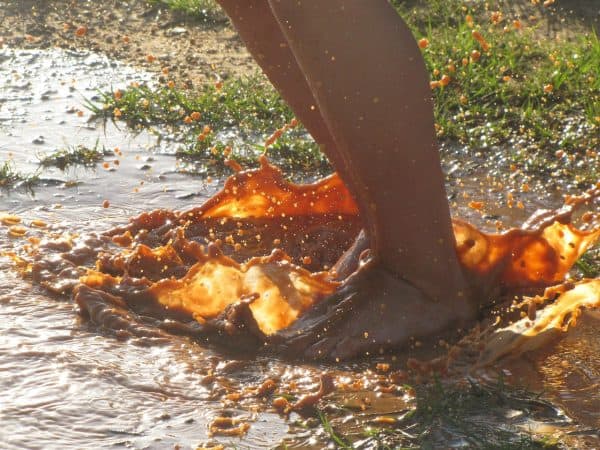I have done a previous blog before on the fun terms that are used in the oil & gas industry. Some of the terms I knew just by working in the industry but some of them were pretty entertaining and new to me. Writing about these terms was a fun blog! One of those terms happened to be “mud.”
Drilling mud is mainly used when drilling oil and gas wells. Drilling mud is simply a term referring to liquid drilling fluids. Below are three main types of drilling fluids that are liquid based, as known as drilling muds.
TYPES
- Oil-Based Mud or Non-Anqueous Muds
- Water Based Muds
- Gaseous Drilling Fluid
FUNCTIONS
Drilling fluid is used for many functions; below are the main functions it is used for.
- Providing hydrostatic pressure to prevent formation fluids from entering into the well bore. It helps control pressure by offsetting the hydrocarbons pressure and the rock formations. Weighing agents are added to the drilling fluids to increase density in turn controls pressure on the well walls.
- Avoid formation damage, limit corrosion, and rock stabilization. Additives are added to make sure that the rock formation in the well does not absorb the drilling fluid and the rock formation pores are not clogged.
- Suspending the drill cuttings while drilling is paused and when the drilling assembly is brought in and out of the hole.
- Keeping the drill bit cool, lubricated and clean while drilling by reducing friction and heat.
- Carrying out drill cuttings
THE PROCESS
When used on a drilling rig, the drilling mud is pumped from mud pits, which is where the fluid is held, and through the drill string. From there, it cleans and cools the drill bit by spraying out of nozzles on the bit. Next, the mud takes the cuttings, which are crushed rocks produced from drilling the well, and is taken back up the annulus back to the surface. The cuttings are then filtered out and the mud returns to the mud pit to be treated.
According to Rigzone, “Drilling fluids are essential to drilling success, both maximizing recovery and minimizing the amount of time it takes to achieve first oil.” I couldn’t have said it better myself!
Check out CROFT’s product line to see where we fit in with the well process!












